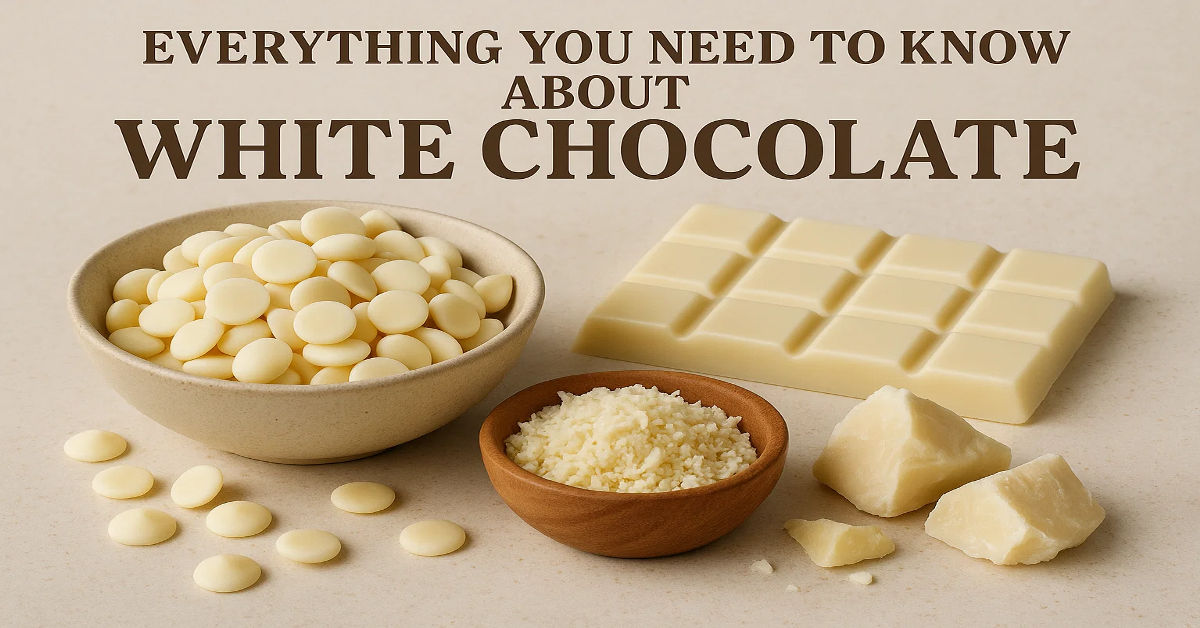
Ever find yourself curious about what makes white chocolate stand out from other sweet treats? While debates swirl about whether it should be called “chocolate” at all, this creamy delight has earned a place all its own. With its rich texture and subtle vanilla flavor, it’s a favorite for many even if it’s a little misunderstood.
What Is White Russet Made From?
Unlike its more familiar darker siblings, this confection is made without cocoa solids. Instead, its foundation is cocoa butter, combined with sugar, milk solids, and a touch of vanilla. The result is a luxuriously smooth mouthfeel and a pale hue, thanks to the absence of the brown cocoa mass. Top producers use at least 20% cocoa butter for premium taste and texture.
Besides those basics, you might find extra ingredients in some recipes, such as lecithin to bind the mixture or natural flavors for a unique twist. While the process is similar to other chocolates, it’s the ingredient list that sets it apart.
The Story of a Creamy Favorite
Sweet innovations aren’t new, but this treat arrived later than milk and dark varieties. In the 1930s, Nestlé introduced the first version in Switzerland, partly to make use of surplus milk powder. The Milkybar (or Galak, depending on your country) brought this new creation to a mass audience.
As chocolate makers searched for ways to broaden their product range, White Chocolate gave dessert lovers something unlike anything before smoother, milder, and full of melting potential.
Key Differences from Regular Chocolate
What really separates this delicacy from standard chocolate is what’s missing: cocoa solids. Those solids give milk and dark varieties their characteristic color and rich complexity, plus antioxidant properties. The lighter counterpart relies instead on cocoa butter for both its satiny texture and its connection to the world of cocoa.
Because it leaves out the solids, the flavor leans sweet and mild, with plenty of creamy and vanilla notes. It tends to melt easily, so it’s especially good for baking and confectionery, if a bit less forgiving in summer heat.
A Unique Flavor Experience
Despite its understated appearance, this treat offers a distinctive tasting journey. You’ll notice a sweet, creamy start, followed by mellow vanilla and a rich, buttery finish from the cocoa butter. Top varieties might even surprise you with floral aromas or a lasting, clean taste that isn’t overly sweet.
Thanks to the milk content, there’s a hint of tang similar to premium dairy products. Creative makers sometimes enhance the base with real vanilla beans or subtle spices for limited editions or artisanal variations.
Nutrition Snapshot and Health Insights
When it comes to nutrition, this dessert tends to be higher in sugar and calories compared to darker counterparts. Each ounce packs around 150 calories, with 9 grams of fat (mostly from cocoa butter) and 17 grams of sugar. White Chocolate won’t provide the same antioxidants as other chocolate types because it skips the cocoa solids. That said, quality versions still offer some “good fats” and a little protein and calcium from milk. It’s not exactly a health food, but enjoying it in moderation fits most balanced diets.
Creative Ways to Bake and Cook
For bakers, this ingredient is a dream. It melts gently and pairs beautifully with fruits such as strawberries and raspberries, or with vibrant flavors like citrus. You’ll often find it in recipes for ganache, mousse, and buttercream, where its subtle sweetness lets other ingredients shine.
It works wonders in cookies and cakes, both for taste and for its smooth, decorative finish. Drizzle it over baked goods or use it to balance bolder flavors such as espresso or dark cherry. Its mildness makes it a true team player in countless desserts.
Spotting Quality at a Glance
Choosing a great version comes down to the label: cocoa butter should be one of the first ingredients you see, not vegetable oils. Look for at least 20% cocoa butter and real vanilla extract if you want authentic flavor.
Texture is another giveaway top options feel creamy, and the color should be a gentle ivory or pale yellow. Steer clear of stark-white bars with artificial ingredients. While a premium brand might cost more, it’s usually worth it for the superior taste and easier use in the kitchen.
Smart Storage and Handling
Proper storage ensures your chocolate stays fresh and smooth. Keep it in a cool, dry spot away from sunlight and strong odors, as it tends to absorb smells. Aim for temperatures between 60-70°F if you can, with low humidity for best results.
Once opened, wrap it tight or place it in an airtight container. Only refrigerate if absolutely necessary, as moisture can affect texture. When melting for recipes, gentle heat and patience are key to preventing clumping.
Conclusion
From its Swiss invention in the 1930s to modern gourmet bars, this confection has grown into a favorite for bakers and chocolate lovers alike. Enjoying white chocolate is about more than just satisfying a sweet tooth. Whether you’re savoring it straight or crafting a special dessert, understanding what makes it unique only enhances the experience.
Frequently Asked Questions
Is white tan considered chocolate?
Technically, it doesn’t fit the classic definition as it lacks cocoa solids, but the use of cocoa butter still links it to the cacao bean.
What gives it a yellow tint?
Cocoa butter’s natural color is slightly yellow, resulting in a pale appearance, while bright white versions may use color enhancers.
Is it safe for those allergic to chocolate?
Since it leaves out cocoa solids, some people with cocoa allergies may tolerate it, but always check for milk and cocoa butter content first.
How long does it stay fresh?
If stored well, it typically lasts 8-12 months beyond its best-by date, with quality slowly declining over time.
Why does it melt easily?
High cocoa butter content means a lower melting point, making it soft and quick to dissolve, especially in warmer weather.




